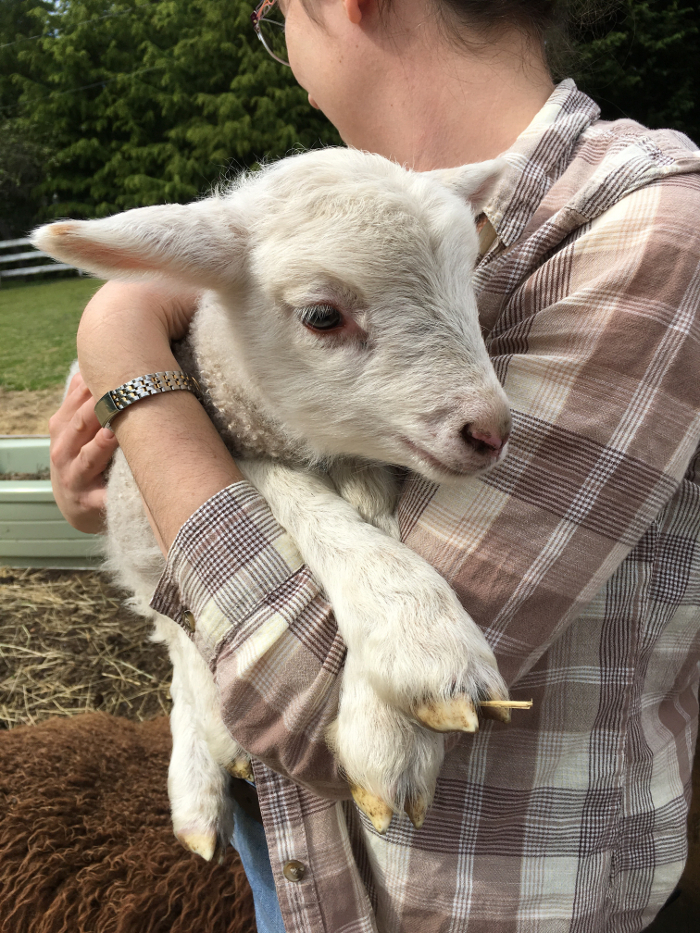I had an ah ha moment this morning.
Trying to fix some foliage, making it darker in patches, I accidentally fell into my watercolour style of working with pigments and brush stokes.
Glazing is all about making the painting darker, as is modern watercolour style. So it makes sense.
Say, I'm darkening a shadow under a leaf to make it stand out better. I put my red/green mix along the edge of the leaf bottom. Lightly wipe my brush and grab a bit of stand oil mixed with the lighter colour of the body of the surface under the leaf (usually another leaf), but not too much paint/oil. Like I wouldn't want to grab too much water on the brush if watercolour. Return to the painting and "pull" the shadow colour I put down before so it blends with the dry paint layer.
Ahhh, it makes sense when I think of watercolour techniques, but when I try to put it in oil painting words, something breaks.
But it works. I feel like I might actually be close to understanding Glazing.
Key point, must be transparent colours. Actually transparent. For this I used hansa light, quin rose, and some earth green or green earth. It's transparent, almost floculating green. To darken the greens, more paint or more red. To lighten, more oil / less paint, or more yellow, or both. Note, not all hansas are transparent so test fist.
Doesn't work as well with thinner oil like regular walnut or linseed. Needs some stand oil mixed in there. Haven't tried with stand alone as I keep a small jar of 1:1 stand:linsed (or walnut or both) oil.
And yes, it probably doesn't make sense but it's mostly a note to myself so I can do an example later if people want.


 an insomniac misanthrope who enjoys cooking, textile arts, farming and eating delicious food.
an insomniac misanthrope who enjoys cooking, textile arts, farming and eating delicious food.

